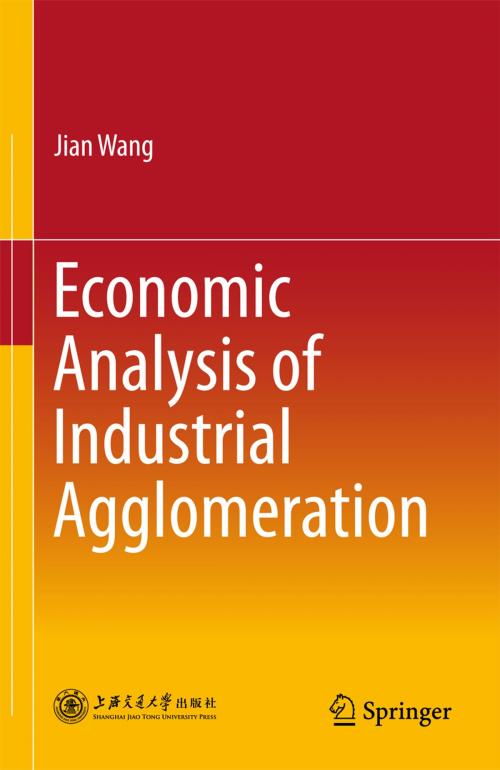Economic Analysis of Industrial Agglomeration
Business & Finance, Management & Leadership, Industrial Management, Nonfiction, Science & Nature, Science, Earth Sciences, Geography| Author: | Jian Wang | ISBN: | 9789811074370 |
| Publisher: | Springer Singapore | Publication: | December 29, 2017 |
| Imprint: | Springer | Language: | English |
| Author: | Jian Wang |
| ISBN: | 9789811074370 |
| Publisher: | Springer Singapore |
| Publication: | December 29, 2017 |
| Imprint: | Springer |
| Language: | English |
This book investigates the industrial agglomeration and dispersion within a country under trade liberalization and interregional integration by considering both economic forces and geographical elements. Chapter 1 gives a brief introduction about the background, research topics and organizations in this book. Chapter 2 provides a detailed explanation of Krugman’s new economic geography (NEG) model and reviews the subsequent refinements of the original model from mainly geographical viewpoints. Chapter 3 extends Krugman’s original model to a two-country and three-region case where the domestic regions are fully asymmetrical in terms of their sizes and accessibilities to global markets. To better explain the reality of developing countries, chapter 4 presents an analytical model which assumes that unskilled workers are employed in both traditional and manufacturing sectors. Chapter 5 empirically investigates the home market effect (HME) in terms of wages in the case of China by using panel data for the period 1980–2012. Chapter 6 gives a summary and implication about the findings and conclusions in this book.
This book investigates the industrial agglomeration and dispersion within a country under trade liberalization and interregional integration by considering both economic forces and geographical elements. Chapter 1 gives a brief introduction about the background, research topics and organizations in this book. Chapter 2 provides a detailed explanation of Krugman’s new economic geography (NEG) model and reviews the subsequent refinements of the original model from mainly geographical viewpoints. Chapter 3 extends Krugman’s original model to a two-country and three-region case where the domestic regions are fully asymmetrical in terms of their sizes and accessibilities to global markets. To better explain the reality of developing countries, chapter 4 presents an analytical model which assumes that unskilled workers are employed in both traditional and manufacturing sectors. Chapter 5 empirically investigates the home market effect (HME) in terms of wages in the case of China by using panel data for the period 1980–2012. Chapter 6 gives a summary and implication about the findings and conclusions in this book.















